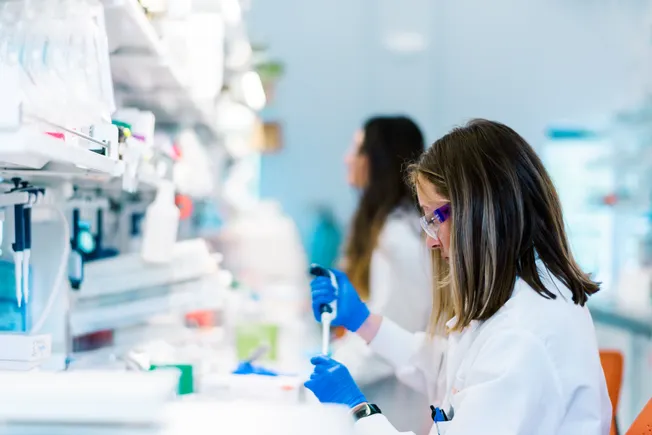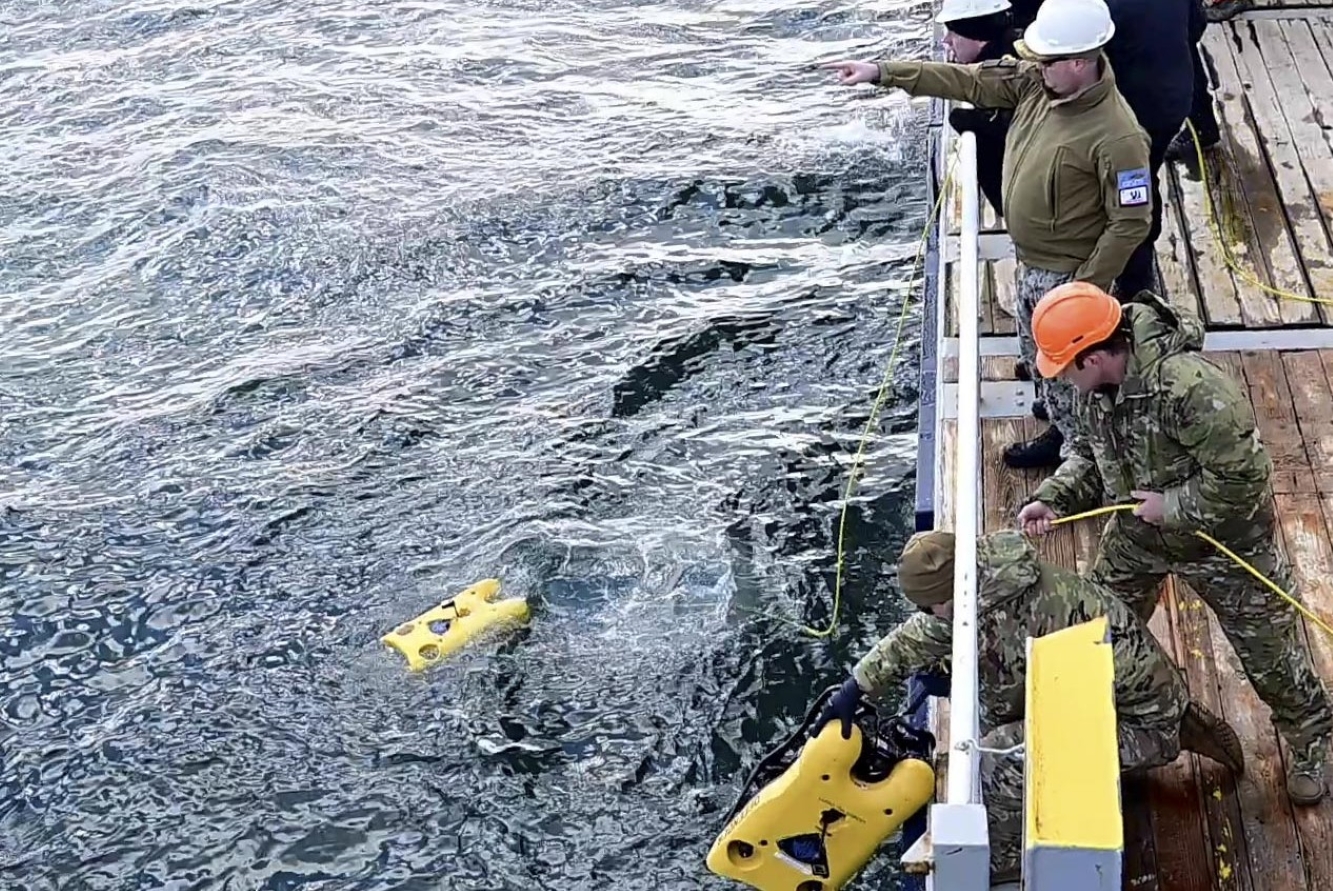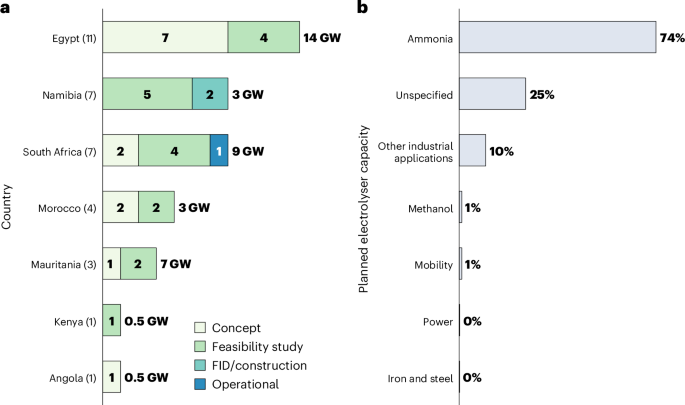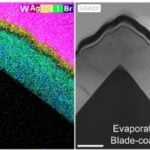Controlled Self‐Destructive Engineered Bacteria for Effective Immuno‐Photodynamic Therapy Against Melanoma
Advanced Healthcare Materials, EarlyView.

This study develops a biohybrid system (VNP-mPD-1@IN) through the cross-application of synthetic biology and organic chemistry techniques, possessing advances of tumor targeting, photodynamic effect, immune checkpoint PD-L1 blockage, and controlled self-destruction. All these attributes contribute to the effective immuno-photodynamic therapy of melanoma, suppressing primary and distant B16F10 tumor growth as well as inhibiting their metastasis.
Abstract
The super aggressive and metastasizing nature of melanoma urgently calls for effective therapeutic scenarios. Recent advances in biohybrids comprising bacteria and chemical substances have demonstrated significant merits in treating cancer by attribute complementation. Here, through bioorthogonal chemistry, the developed photosensitizer (IN) is covalently anchored onto the surface of an attenuated Salmonella typhimurium strain (VNP) engineered with the programmed cell death protein 1 (PD-1)-encoding plasmid, creating controlled self-destructive engineered bacteria (VNP-mPD-1@IN). After intravenous injection into B16F10 melanoma-bearing mice, VNP-mPD-1@IN specifically accumulates within the tumor mediated by the hypoxic tropism of VNP, encoding PD-1 within tumor cells and simultaneously triggering partial tumor cell apoptosis due to the self-cytotoxicity of VNP. Once excited by long-wavelength photons, IN on VNP-mPD-1@IN efficiently generates reactive oxygen species, which not only induces the apoptosis of tumor cells, but also triggers bacterial self-destruction to eliminate potential biosafety concerns. The apoptosis of tumor cells leads to considerable immunogenic cell death to reprogram immune environment, which is powered by PD-1-mediated immune checkpoint blockage. As a result, effective immuno-photodynamic therapy is realized to suppress the growth of primary and distant B16F10 tumors as well as prevent their metastasis. This study sheds light on the remolding of bacteria for effective cancer therapy.











































































































































